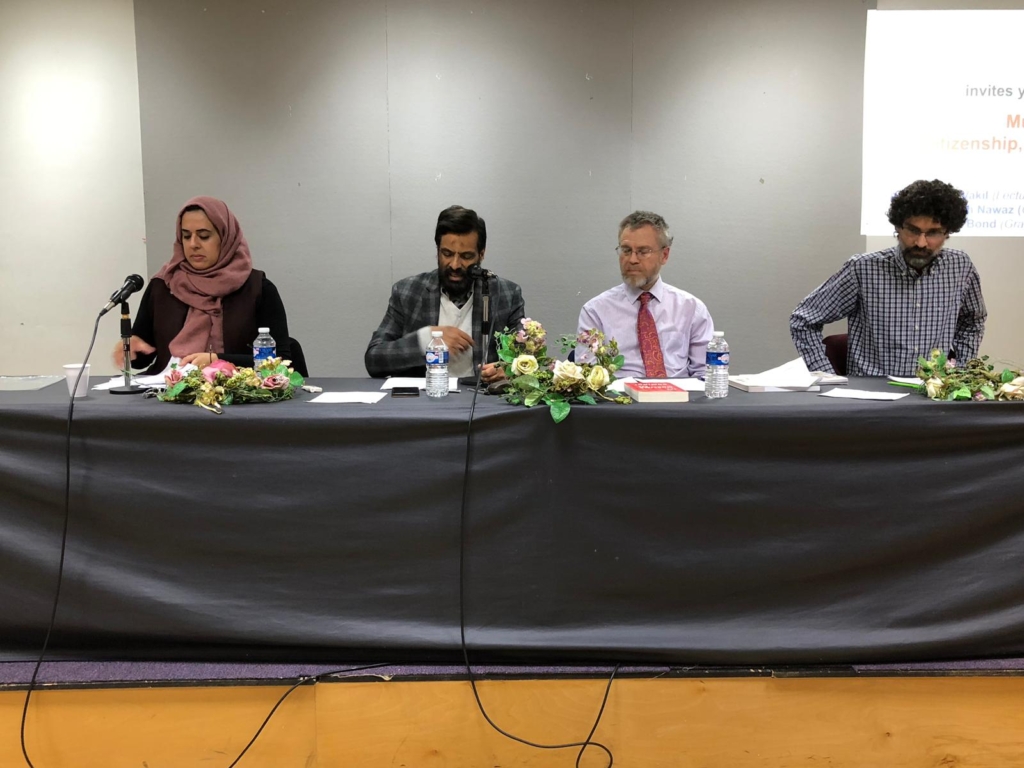Pressure is building on the currency pegs of states Bahrain and Oman, the Gulf states with the weakest external balance of payments, ratings agency Moody’s said in new research issued on Tuesday.
While most Gulf Cooperation Countries have favourable net asset positions that can withstand pressure on their external positions, Moody’s said Bahrain has low foreign exchange reserves while Oman has a large current account deficit. Saudi Arabia also faces some of these pressures, but Moody’s believes it can rely on low debt and large forex reserves of 82 per cent of gross domestic product – though they have fallen by almost $200bn since end-2014 to $526bn at the end of 2016. Traders have been betting that some of the oil-rich Gulf states will have to abandon their dollar pegs and adjust their exchange rates to deal with rising fiscal pressures from the sustained drop in oil prices. Moody’s expects GCC states will refuse to abandon their dollar pegs, but questions over the weakening balance of payments in Bahrain and Oman means “further support may be needed to protect their pegs.” Bahrain has been borrowing from international markets in recent years, raising its external debt levels to around 147 per cent of GDP. Mathias Angonin, sovereign analyst with Moody’s in Dubai, said: If market access were to become more difficult for Bahrain, that raises the question of whether stronger GCC countries would step in through deposits or soft loans. Last year, Bahrain’s foreign exchange reserves fell to $1.5bn between December 2015 and September 2016, the equivalent of little more than one month’s imports cover. Riyadh has previously stepped in to support Bahrain, given concerns about Shia unrest there transferring to the large Saudi Shia minority population in the eastern province. For example, between 1997 and 2004, Saudi Arabia allocated all the revenue from the Abu Safa oil field that it shares with Manama. Oman has the highest current account deficit among GCC states at an estimated 19.3 per cent and the highest breakeven oil price, of $78.4 a barrel. But the sultanate had foreign assets of $38.6bn in September last year, which at the current rate of depletion would last nine years. Support for Oman is less likely, however, as Oman has maintained a neutral stance in regional conflicts, including Yemen, Moody’s said. Copyright The Financial Times Limited 2017. All rights reserved. You may share using our article tools. Please don’t cut articles from FT.com and redistribute by email or post to the web.


